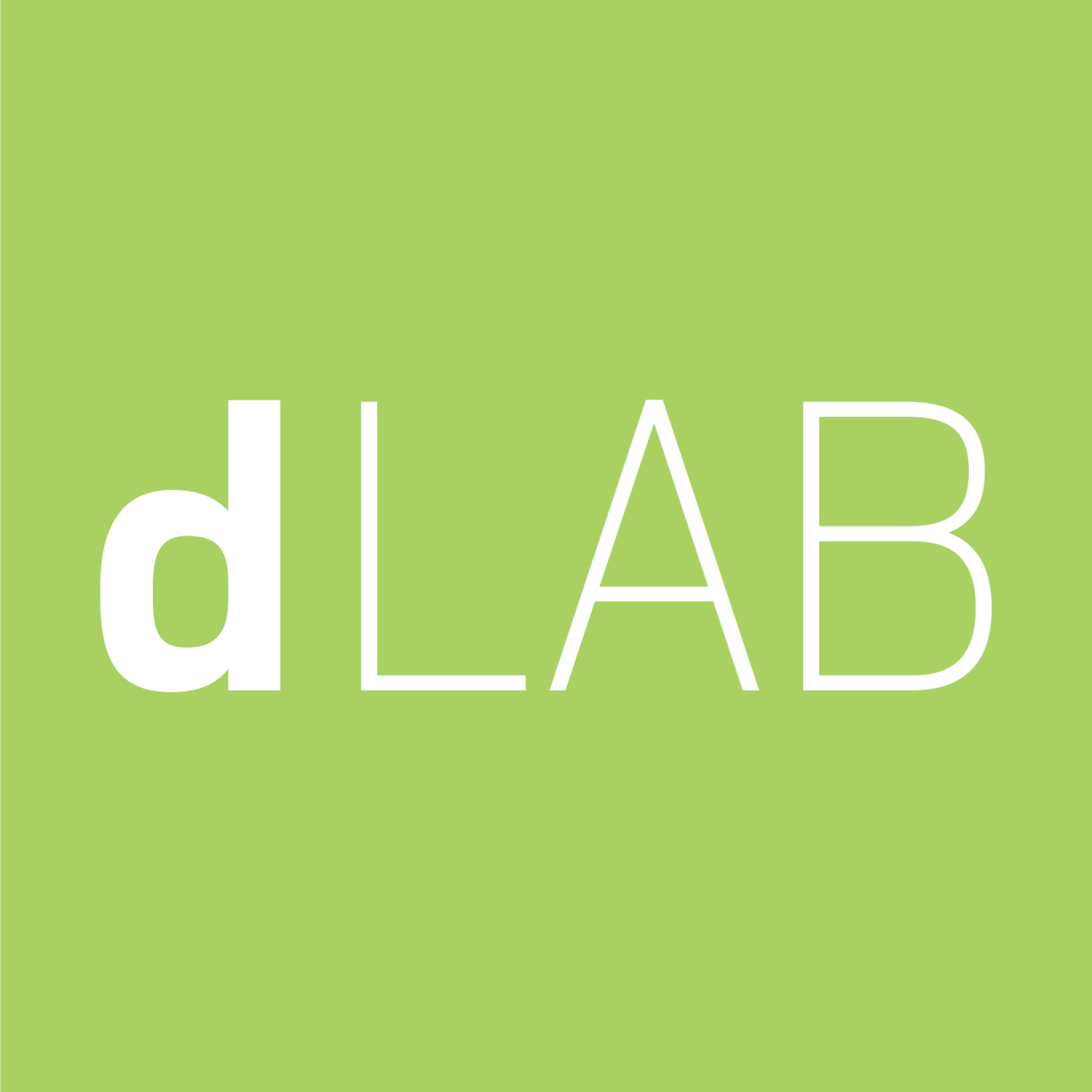
harvard university
485 broadway
cambridge, massachusetts
“While designLAB retained many of the original features of Stirling’s building, they also developed a program of materials, palette of colors, and signage through the study of his design process.... The final result is capacious, brighter, forward-looking spaces that have been designed for pedagogy...”
-
Type: Renovation
Size: 46,000 SF
Status: Completed, 2019
Sustainability: LEED Gold
Program: Arts education, including design and fabrication studios, auditorium, mixed-use performance space, classrooms and lecture hall.
Photography: Anton Grassl -
2021 American Architecture Award | Chicago Athenaeum
485 Broadway opened as the Sackler Museum at Harvard University in 1985, designed by renowned British architect, James Stirling. designLAB led the complex re-planning and renovation of the 46,000 SF building, transforming its galleries and museum support spaces into dynamic learning environments for Harvard’s History of Art + Architecture (HAA) Department, Graduate School of Design (GSD) and the new Art Making ‘Annex.’
The challenge for the design team came in balancing the building’s rich architectural legacy with its new programmatic demands. The elemental forms of this iconic post-modern building were preserved, including the entry lobby, main stair, auditorium colonnade, and primary facades. Contemporary studios and classrooms with state-of-the-art technology mingle with these original features to create a compelling interaction between old and new.









impact
The transformed 485 Broadway reopened in the spring of 2019. The renovation has resulted in a more dynamic and vibrant environment than the original, supporting a variety of contemporary pedagogies with fresh, new learning environments for each department. In the year since its reopening, students of the GSD, HAA Department and Arts Annex have made the building into their home, bringing energy, innovation, and arts-related discourse into the new spaces. Their academic work has been enriched by the opportunity to explore art and architecture within James Stirling’s iconic building, drawing inspiration from the very spaces in which they study.






